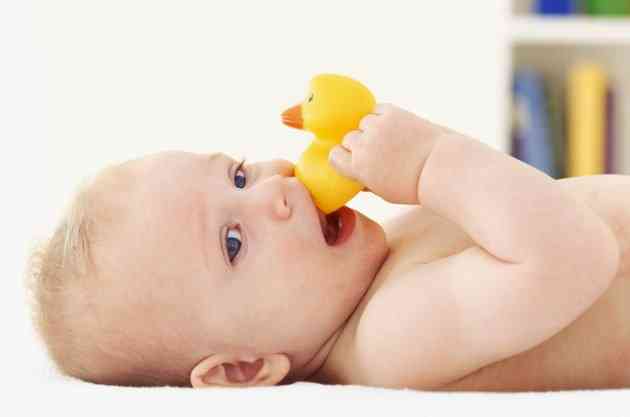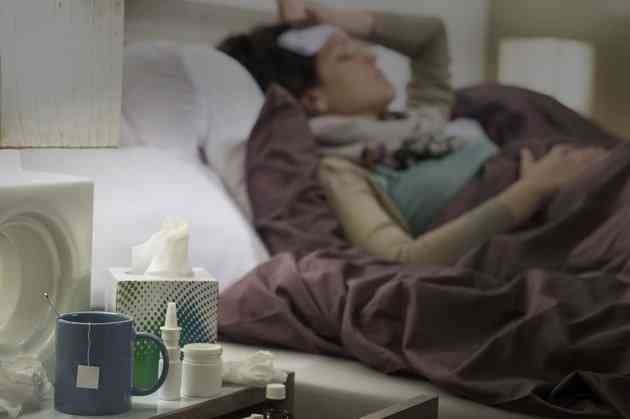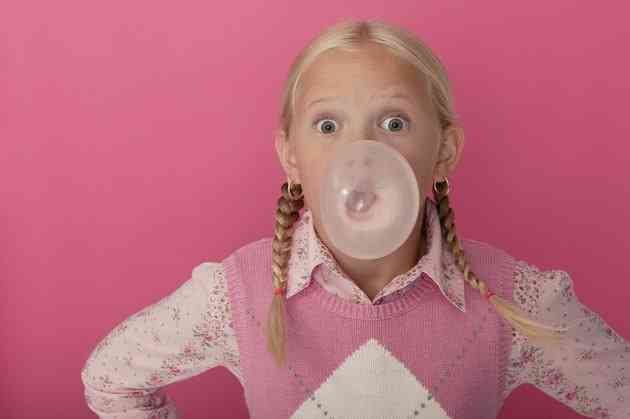Home Remedies for Chest Congestion in Toddlers

Colds occur as often as 8 times per year in young children, and no parent wants the little one feeling under the weather for long. Though over-the-counter medicines were once widely used even in young children, today experts recommend against such use -- benefits in toddlers are questionable, and historic use led to many accidental poisonings. Medications like antihistamines, which successfully relieve congestion in adults, can worsen cold symptoms in children. What, then, is a parent to do? If the doctor agrees it's just a cold, there are several home remedies that can help combat congestion.
 A blue bulb syringe. (Image: Garry518/iStock/Getty Images)
A blue bulb syringe. (Image: Garry518/iStock/Getty Images)Fluids
Cold symptoms such as fever, diarrhea and vomiting predispose your child to dehydration, which works against the body's mechanisms for fighting infection. Encouraging your child to adequately hydrate also lessens congestion by thinning out and loosening phlegm. This, in turn, bolsters the removal of mucus from your child's lungs. Toddlers can drink fruit juice, soups or other warm liquids as desired and eat gelatin to achieve optimal hydration. Infants, however, should breast-feed and/or consume formula on demand rather than consuming other fluids, as introducing supplementary liquids is unnecessary and can be dangerous.
Bulb Syringe
Infants do not develop the full ability to breathe through their mouths until around 4 to 6 months of age. Because they breathe exclusively through their noses, nasal congestion can hinder normal, comfortable breathing. Using a bulb syringe or suction bulb to remove excess mucus and keep your young child's nasal passages clear will not only help relieve congestion but also improve breathing. Proper use of the suction bulb involves depressing the bulb before inserting it into your child's nose, so as not to accidentally force mucus further back into his nose and sinuses.
Saline
Saline, a solution of salt in water, can help clear your child's nasal passages by softening and dislodging mucus. For infants, a few saline drops are gently released into the nostril and allowed to rest for 5 to 10 seconds before suctioning. For toddlers, you can use this same technique or use spray or squirt prepared saline products -- again, waiting a few seconds before removing loosened mucus with a bulb syringe. Suction is especially effective when used in conjunction with saline drops or spray.
Humidified Air
The evidence is conflicting regarding the use of cool-mist humidification to treat congestion. In some individuals, humidified air may aggravate the lining of the respiratory tract and cause irritation -- or even trigger episodes of asthma. However, dry air can cause mucus to thicken, and humidification is commonly used in the treatment of young children with upper respiratory/airway problems, despite a lack of definitive evidence of the benefit. A study published in February 2007 in the journal “American Family Physician” noted that moisturized air may benefit users and results in congestion relief as much as increased fluid by drinking does. If it's winter and you are using a cool-mist humidifier in a child's room, just be sure to clean it frequently to discourage mold growth.
Patting the Chest
The American Academy of Pediatrics recommends physical therapy to help relieve chest congestion by loosening phlegm and enabling your child to more effectively cough it out. This is performed by laying your child across your lap, or having him sit at a 30-degree angle in your lap, and then lightly tapping your cupped hand over his back. The academy also suggests utilizing a cool-mist humidifier or vaporizer during treatment to enhance mucus clearing.
Precautions
Babies and toddlers are resilient many ways, but their immune systems are not as developed as grown-ups, and they are more susceptible to common upper respiratory illnesses. When a young child comes down with something new, work with your child's doctor to determine the next steps. For a young infant, the doctor should be notified as soon as a fever develops or if the infant stops nursing, is lethargic or is not making any wet diapers. In both infants and toddlers, prompt medical attention should be sought if the child appears to have difficulty breathing or is struggling to get a good breath.




